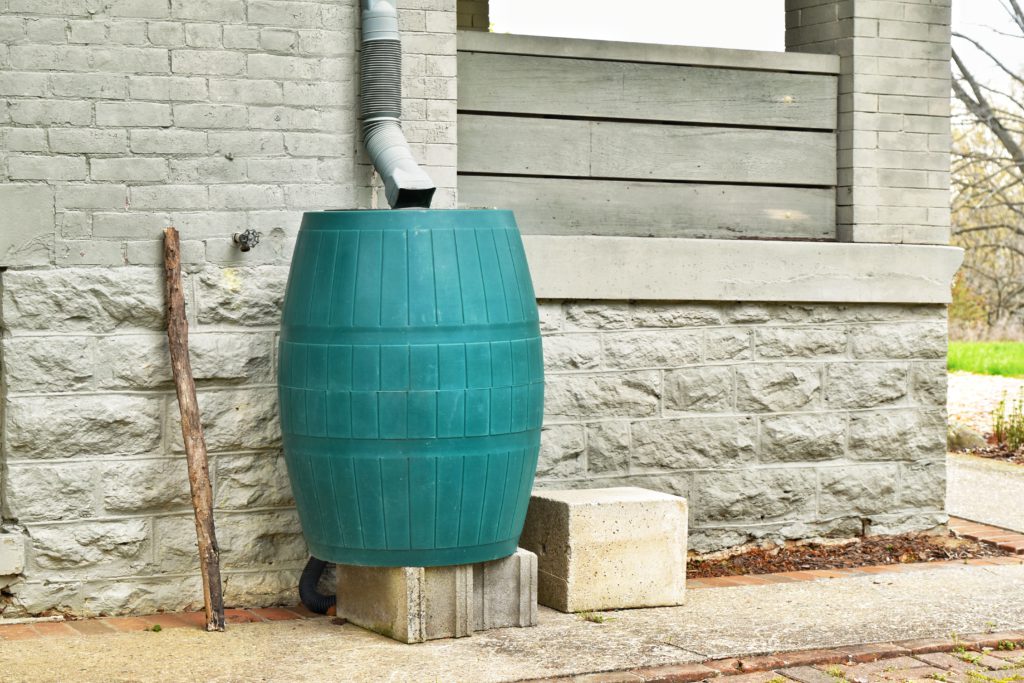The Importance of Water Harvesting
Rainwater Harvesting: A Beautiful and Renewable Approach to Water Conservation
WHERE DOES YOUR WATER COME FROM?
When you wake up in the morning, do you wonder if you will have access to fresh water? Or do you turn on the tap and let it flow? For many people around the world, just opening the tap is not an option. All the fresh water we have in the world already exists; it merely circulates around. Naturally, some places are more abundant than others. Sadly, we have not been entirely responsible for how we have managed our water on earth and if we continue to use it unwisely, it may not always be fresh or usable.
Water is a necessity our society depends on in more ways than one. If we continue using our current water treatment and level of usage, we will generate alarming amounts of water pollution and waste. We have the power to create fresh water, and all the water in the world we already have can be conserved and filtered. Rainwater harvesting is one promising solution. This sustainable method of water conservation involves collecting rainwater runoff from manmade or natural catchments to store for later use. These structures have a wide variety, scaling from large ecosystems to personal catchments. Rainwater harvesting is one of the most effective methods of water conservation and has numerous benefits for the people and the environment.

Berms and swales are the structures that many permaculture and regenerative farmers use to harvest rainwater. These kinds of structures direct the flow of water into storage containers. Natural or manmade, the system of berms and swales work in harmony to direct the flow of the rainwater into storage areas such as collection ponds, barrels, or large cisterns. Collection ponds not only conserve surface water but can also contribute to replenishing groundwater, as some of the water gradually percolates into the ground.




No comments:
Post a Comment